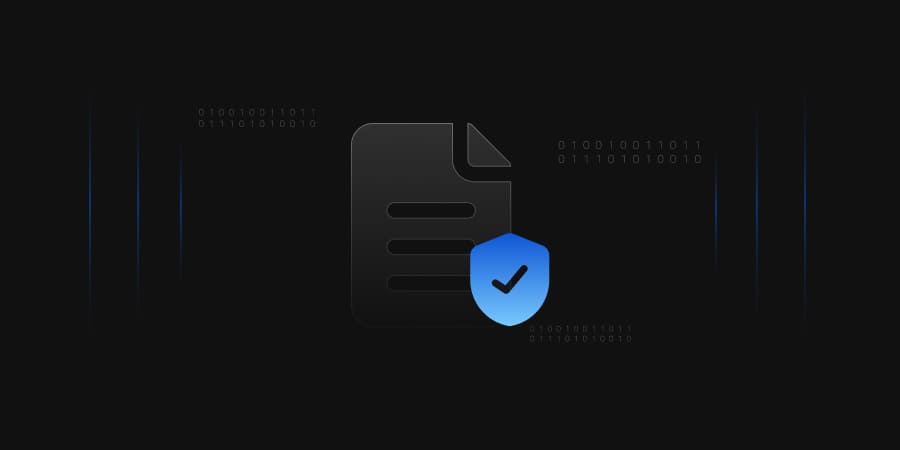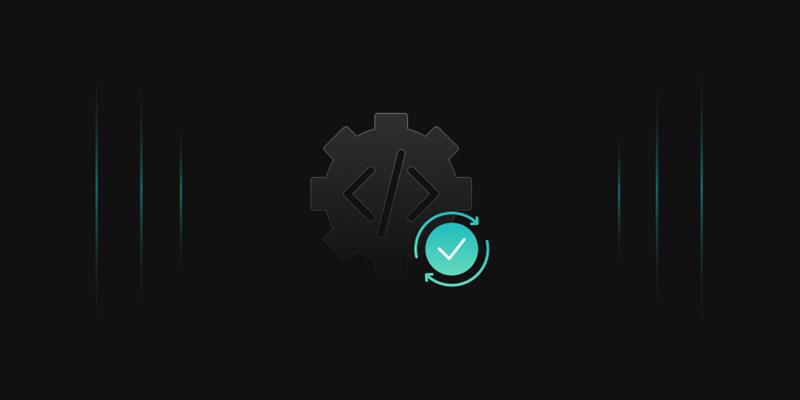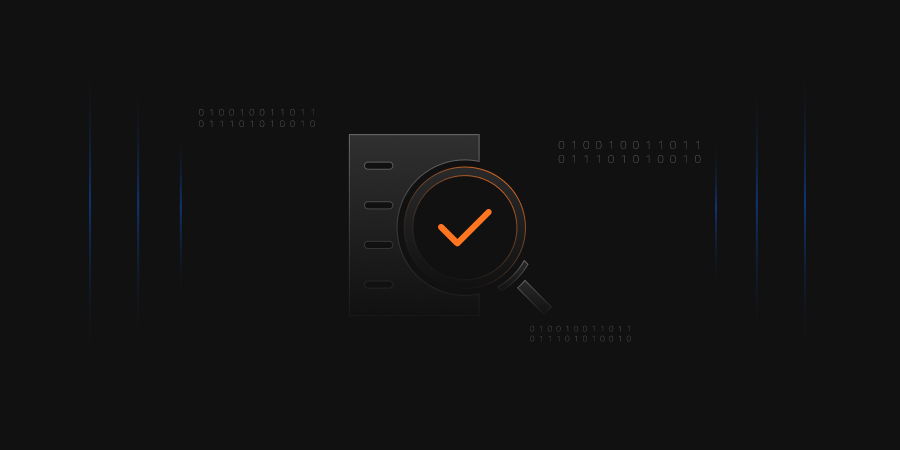Various terms come into action when dealing with software. There comes EULA (End User License Agreement), Software License Agreement (SLA), or ToS (Terms of Service). When it comes to SaaS products, people generally confuse one or the other terms with the rest.
Licensing refers to the contractual agreement between the application developer and the end-user. The software license often mentions end-user rights such as installation, warranties, and liabilities. Whereas entitlement is responsible for specifying the users/devices on which the licensed software is eligible to run. Also, they state the authorized level of use.
License history
The license management became popular from the houses of FLEXlm(R) from GLOBEtrotter Software (currently a registered trademark of Macrovision Corp.).
Floating licensing flourished in the late 1980s upon the massive usage of a network of engineering workstations. Earlier, the cost of licensing was $50,000 each. Today the cost of each license can be well over $1,000,000 per license. These high prices were paid for node-locked licenses in earlier days. Also, companies didn’t want to buy these licenses as they could be used only once.
In later stages, after more commercial license managers became available, end-users got the freedom to share the licenses over their network for shared usage and not to move physical systems from one location to another.
What is it?
According to Open Source Initiative, “Open source licenses are licenses that comply with the Open Source Definition — in brief, they allow the software to be freely used, modified, and shared. To be approved by the Open Source Initiative (also known as the OSI), a license must go through the Open Source Initiative’s license review process.”
A software license provides legal bindings for the delivery and usage of the software. They are text documents that safeguard the competent property of the software developer.
Software licenses are used for various reasons like to demonstrate new ideas, make people’s tasks more manageable by providing them with benefits, or simply for monetary benefits.
Licenses are broadly classified into these two classes-
Proprietary Software
There are software programs for which the creator or the developer reserves some rights. The licensee doesn’t have access to the source code for the software. Also, the license agreement includes terms that prohibit reverse engineering on the software to get access to the source code.
Free and Open Source Software (FOSS)
Open-source software gives the end-users the right to inspect the source code and modify the program’s functionalities.
Types of Licenses
There are mainly five types of licenses for developers and companies purchasing them. They are classified based on the least restrictive software to the most restrictive software.
-
Public domain license
- They allow users to reuse the software for any purpose they will
- They are helpful for novice coders and application developers as they can play with the software and adopt the source code.
-
Lesser General Public License (LPGL)
- As long as you associate your project with the LGPL library, developers can license the code obtained from this activity under any license, including proprietary licenses.
- Allows developers to link open source libraries within their software code without complying with the terms of the copyleft license. Developers typically need to release the source code used to build their components.
-
Permissive license
- Similar to a public domain license, but with more restrictions as it may contain intellectual property protection clauses
- Usually, developers use free and open-source licenses to protect their intellectual property and control how people operate them.
- It is a common alternative for developers who want to support open source development while maintaining copyright protection for FOSS
-
Copyleft license
- These types of licenses provide users the flexibility to distribute a modified version of the software with the stipulation that users distribute adaptations under the same license
-
Proprietary license
- They reserve all rights to the developer, the application’s creator, or the software. The customers or the end-users cannot modify the software according to their needs.
EULA Vs. SLA
Many times people confuse the terms EULA and SLA.
The End User License Agreement is generally provided when a user gets an application or software from a retailer or a platform (like getting an application from the play store or app store).
Whereas a Software License Agreement is settled directly between the developer and the end-user, and the original creator owns the ownership of the software and control over it.
| EULA | SLA |
|---|---|
| IP definitions | Copyright retention |
| Limited warranties | Copying, displaying and distributing rights |
| Usage restrictions | Modification restrictions |
Entitlement
An entitlement is a post-licensing step. An entitlement provides access to specific users and devices and the rights to run the particular software. For example, an organization has purchased a software license to run on 50 devices. Then the software entitlement specifies the machines/users to which those 50 licenses are assigned.
A product entitlement is a determination of:
- Which product was purchased
- The number of seats purchased
- The license type (floating or node-locked)
- The product subscription period (product updates provided throughout the year).
License Vs. Entitlement
While buying a license will give the customers the right to use the authentic software, the entitlement describes the fine grains of the license and hence the software usage.
A credible entitlement is the peace of mind for the developer also, as it works as an assurance that the license owner can not operate on the software outside the terms and conditions.
Conclusion
Licensing and entitlement go hand in hand for a company and the developer to get a smooth and hassle-free workflow. A company must analyze its requirements and internal policies and then go forward to get a license and, subsequently, an entitlement.
References




